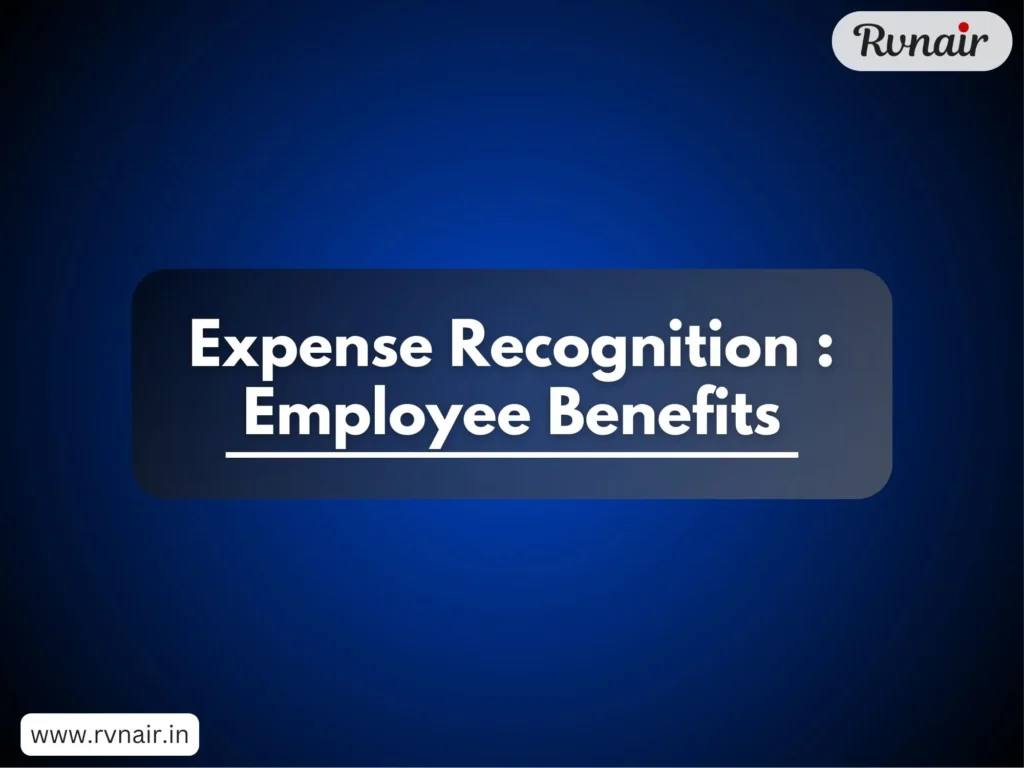
There are significant differences between US GAAP and IFRS in accounting for pension and other postretirement and postemployment benefits. Some differences lead to less earnings volatility, while others increase it. The overall impact varies based on the specific circumstances of each employer. These differences can significantly affect financial presentation, operating metrics, and key ratios.
In terms of measuring defined benefit plans, US GAAP and IFRS have few differences. However, there are notable distinctions in cost recognition and presentation. Under IFRS, remeasurements, including actuarial gains and losses, are recognized immediately in Other Comprehensive Income (OCI) and are not recycled through the income statement. In contrast, under US GAAP, these gains and losses can be recognized in the income statement either immediately or in the future.
IFRS requires all prior service costs, whether positive or negative, to be recognized in profit or loss when the employee benefit plan is amended. These costs cannot be spread over future service periods, which can create volatility in profit or loss. Conversely, under US GAAP, prior service cost is recognized in OCI at the time of the plan amendment and then amortized into income over the participants’ remaining service years, service to full eligibility date, or life expectancy, depending on the situation.
Additionally, US GAAP mandates separate calculations for interest cost (using a discount rate applied to the projected benefit obligation) and expected return on assets (using an expected rate of return applied to the calculated asset value). IFRS, on the other hand, applies the discount rate to the net benefit obligation to determine a single net interest cost or income.
Under IFRS, companies have the flexibility to present components of net benefit cost in various line items on the income statement. Components affecting net income, such as service and finance costs (excluding actuarial gains and losses), can be presented as a single net amount or separately. US GAAP requires the presentation of service cost in the same line item as other current employee compensation costs, with the remaining net benefit cost components presented separately in one or more line items, outside of income from operations if this subtotal is presented.
Differences between US GAAP and IFRS can also lead to varying classifications of a plan as a defined benefit or defined contribution plan. A benefit arrangement classified as a defined benefit plan under US GAAP might be classified as a defined contribution plan under IFRS, and vice versa. These classification differences can alter the expense recognition model and balance sheet presentation.
It’s important to note that the FASB and IASB use the term postemployment differently. The IASB includes pension, postretirement, and other postemployment benefits under postemployment. In contrast, the FASB uses postretirement benefits (OPEB) to cover benefits other than pensions, such as retiree medical, and postemployment benefits to cover benefits before retirement, like disability or termination benefits.
For simplicity, discussions of benefit cost in the rest of this chapter refer to recognition in income. However, part of the benefit cost may be capitalized into inventory, fixed assets, or other balance sheet accounts when related to employees whose compensation costs are capitalized.
